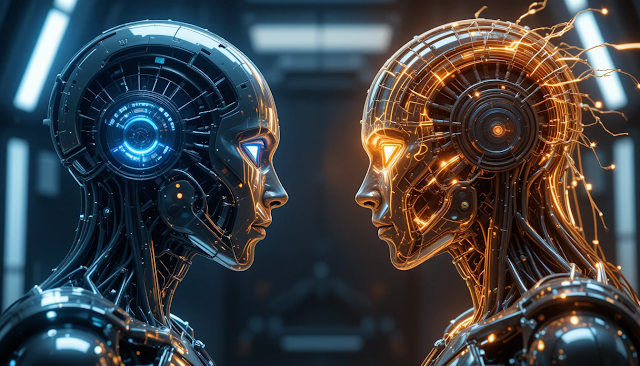Agentic AI vs. Generative AI: Architecture, Capabilities, and Control
Are you curious about the differences between Agentic AI and Generative AI? As artificial intelligence reshapes the technology landscape, understanding these two powerful paradigms is essential for making informed business and technology decisions. In this blog, we’ll explore Agentic AI vs Generative AI—focusing on their architecture, capabilities, and control mechanisms.
What is Agentic AI?
Agentic AI refers to AI systems designed for autonomy and decision-making. These intelligent agents can plan, execute, and adapt to complex tasks with minimal human intervention. By leveraging advanced algorithms, memory modules, and real-time data, Agentic AI can sense its environment, set goals, and take actions to achieve them. This makes Agentic AI ideal for workflow automation, business process management, and operational optimization1.
What is Generative AI?
Generative AI specializes in creating new content such as text, images, music, or code. Using large language models, generative adversarial networks (GANs), and transformer architectures, Generative AI learns from vast datasets to produce outputs that mimic human creativity. It responds to user prompts, making it perfect for content creation, marketing, and digital art. However, Generative AI does not act autonomously or pursue goals without input.
Agentic AI vs Generative AI: Key Differences
When comparing Agentic AI vs Generative AI, the main distinction lies in autonomy and purpose. Agentic AI is proactive, capable of independent decision-making and multi-step task execution. It is engineered for continuous learning and adaptation, making it suitable for dynamic business environments. Generative AI is reactive, excelling at content generation but requiring human prompts to function. It is best used for creative and collaborative tasks rather than autonomous operations.
"Learn more about Agentic AI vs Generative AI for a detailed comparison."
Architecture and Control
Agentic AI systems integrate planning modules, memory, and access to external tools or APIs, enabling them to sense, decide, and act in a continuous loop. They require robust control mechanisms to ensure ethical and responsible behavior. Generative AI architectures focus on pattern recognition and content synthesis, using transformer models or GANs to generate high-quality outputs. While powerful, these models are typically stateless and lack persistent memory unless specifically designed otherwise.
Conclusion
Choosing between Agentic AI and Generative AI depends on your business needs. Agentic AI is best for automation and autonomous decision-making, while Generative AI excels at creative content production. Both technologies are shaping the future of AI in unique ways.




Nice insights about Agentic AI Solutions .
ReplyDelete